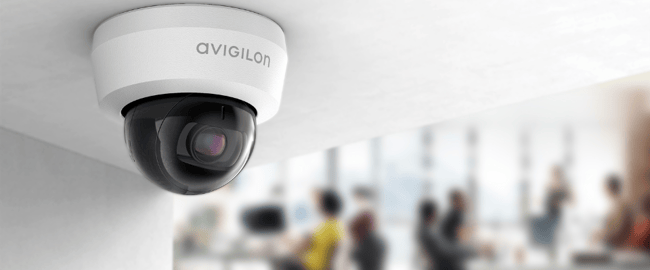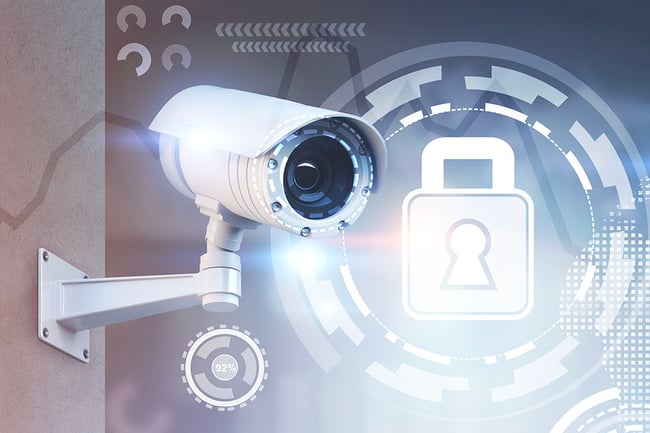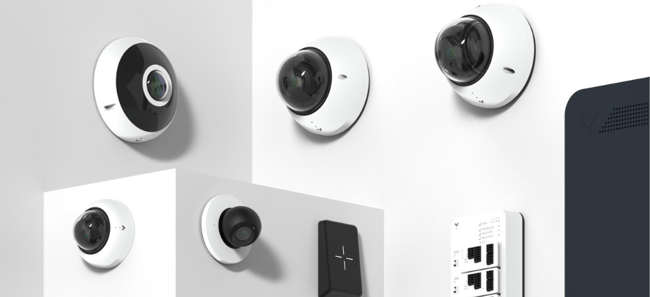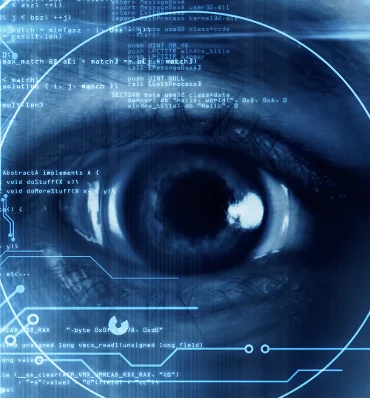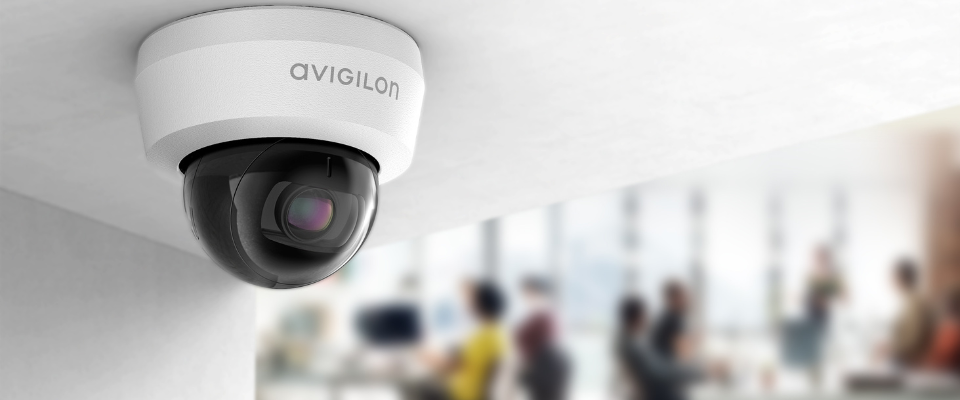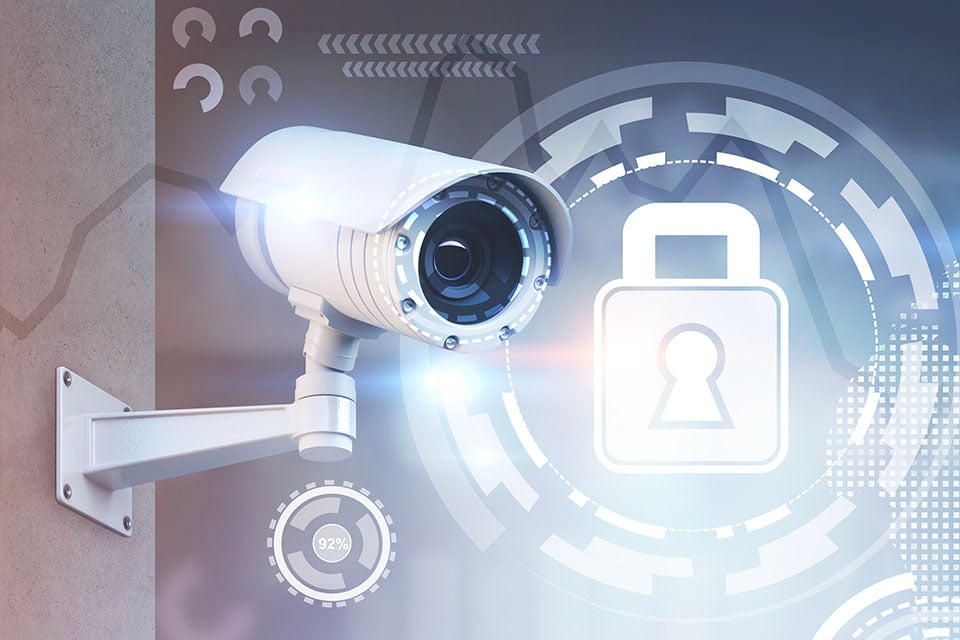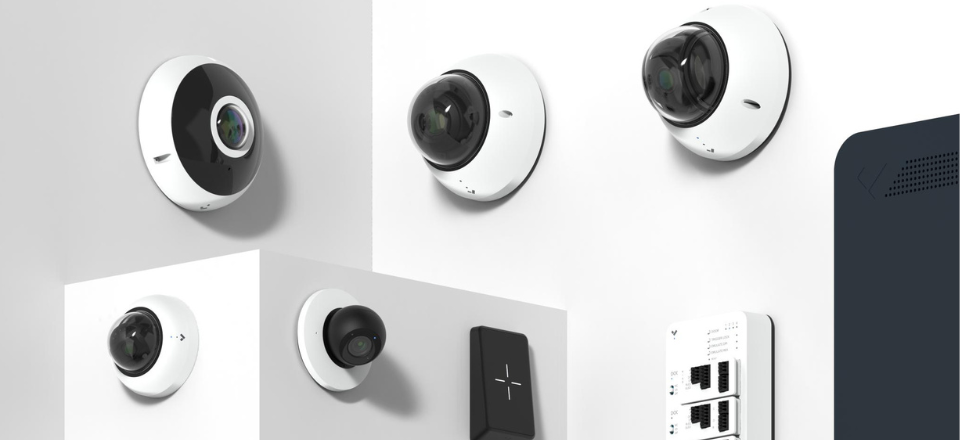Nowadays, the majority of people access their phone or even their car using biometric technology like FaceID and Fingerprints. So why would you not employ this everyday technology to access your business? As technology advances, so do the tactics of criminals, so it’s important to always be looking at ways to improve security and stay ahead of new threats.
Access control solutions give you the ability to limit entry to your premises, protect your assets from unauthorised staff or members of the public and integrate these features with other areas of your security system. Including biometrics as a feature of your access control system will further protect your business from internal and external threats.
But what is biometric access control? What can it do for you? How does it differ from the existing access control system you may already have? Fear not! We’ve got you covered. In this blog, we’ll explore the benefits of installing biometric access control solutions and how they can take your building’s security to the next level.
Jump To
1. What Is Biometric Access Control?2. How Do Biometric Access Control Systems Work?
3. What Are the Benefits of Biometric Access Control
3a. Impossible to Fake, Steal, Clone or Forget Credentials
3b. Ultra Secure Access Control
3c. Detailed and Accurate Audit Trails
3d. Easy to Use
3e. Simple to Manage Access Credentials

What Is Biometric Access Control?
A biometric access control system is a digital entry system that uses biometrics to control physical access to a building or room. It identifies authorised individuals through methods like facial recognition, fingerprint recognition, palm recognition, and more, all of which are completely unique to the user.
The primary benefit of biometric access control is that it's practically impossible for an unauthorised individual to gain access as they can’t duplicate your unique fingerprint or other biological data.
These types of features can be utilised within security technology to increase the level of protection you have when it comes to your employees and assets, including securing the location where you work. The purpose of access control is to regulate and restrict who has access to what within your business, but some security measures are easier to override than others.
Biometric data gives you certainty that the recorded movements in and around your premises and within are true to what your system has reported. It removes the room for deception by using aspects of our genetic make-up as a means of access, as the elements of this are beyond the control of others or even ourselves.
Biometrics give you high security around restricted spaces with the convenience of your users not needing to carry around a card, key or fob.
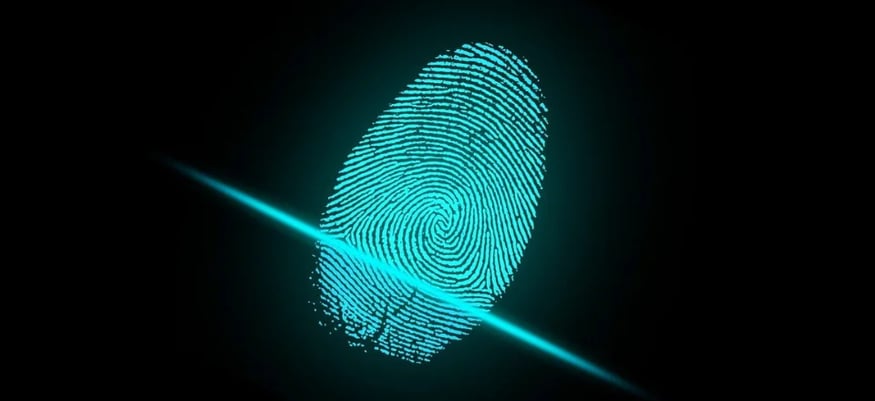
How Do Biometric Access Control Systems Work?
Biometric access control uses the biological data of a person as a credential to permit entry to premises and specific areas of a building. The reader will scan your biometric data, and cross-reference it against its database to verify whether you are permitted to access the area it protects.
Once a biometric control system is installed, you will collect the biometric data of all users. It’s important to choose a system that encrypts this data as the security of this personal information is crucial.
A database is then created consisting of the biological data of the people you wish to grant access. You can then customise this, allowing certain people access to specific areas of the building, even at certain times. For instance, if this technology was used within a bank, general staff would have access to the main areas but only senior staff would be able to access the room containing the cash safe.
Biometrics may sound complex, but they offer simplicity alongside accuracy, to give you peace of mind. The most common form of biometrics is fingerprint scanning, which is convenient whilst reliable and almost impenetrable. A fingerprint scanner is used to analyse one of your fingerprints and then store it in a data file. Then when you go to access a specific location, you place your finger on a reader and the system analyses the print to see if it matches a stored template in the database. Once a match is confirmed, the access control records your entrance activity and lets you in.
The same type of process is used in facial recognition biometrics, where the biometrics of the face are scanned with infrared light, to submit entry. With the introduction of biometrics to Smartphone technology, this contributed to making the concept more accessible and widely used. Most mobile phones are advanced enough nowadays to allow you to use these as a component to your access control system. Paired with biometrics, staff can use smartphones to enable the app to trigger the access control door.
The technology is advanced but the concept is very simple and effective. Once put in place, you can be assured that your biometric based access control system is only allowing access to the correct individuals into the locations of your choice. People can’t simply swap, borrow or clone biological data from one another, so the system is extremely secure.
What Are the Benefits of Biometric Access Control Systems?
Impossible to Fake, Steal, Clone or Forget Credentials
Key card, password or pin based access control systems rely on information that can be easily forgotten and elements you may lose. The appeal of biometric data is that it can’t easily be cloned or guessed by another individual. Biological data removes the power from individuals to be able to share keys or passcodes with others, and you are much less likely to lose a finger or eye than key/fob. Biometrics are one of a kind as no two people share the same biological data. Believe it or not, even identical twins do not have the same fingerprints.
Ultra Secure Access Control
The market for biometric access control has increased in recent years as it offers a more secure means of authentication than coded, smart card or proximity entry. Key cards can be shared, lost or stolen and the numbers on a keypad can wear after frequent use, revealing the digits of the password and opening the business up to weakness. An advantage to biometric security is a lesser understanding and recognition of the technology. Most people recognise a keypad as a sign of a locked door, drawing attention to it, because it alerts to something behind the door worth protecting. Biometric scanners are less known to the common eye and so it is more difficult for an unwanted person to guess where you are keeping your valuable assets.
Detailed and Accurate Audit Trails
When biological data is used as an access key, the records of door entry are going to be completely accurate. In the past, colleagues would've been able to share key cards, which would often occur out of convenience. This would have given a poor audit trail to who has accessed which areas of the building and at which times. Biometric access control removes this limitation and adds an additional layer of security. It is extremely convenient to have your biometric data grant access as you don't need to remember to carry it and there is no expense paid like with key cards or fobs. The system can also alert you when someone unauthorised has tried to access a certain door and you can be certain of who it was.
Easy to Use
Biometrics don’t need to slow you down. Once the system is installed and database set up, the process runs smoothly and is time efficient for everyone involved. It takes the same amount of time, if not less, to scan a fingerprint or iris, as it does to use a key card or enter a simple pin code. It’s actually more user friendly than alternatives like key cards and fobs, because human error is taken out of the equation. Biological data isn’t affected by memory like a passcode is and you can't lose it or leave it at home.
Simple to Manage Access Credentials
Managing who has access to what areas of your premises, and at what time, is incredibly simple. Once registered in the database, every person can be managed from a centralised system. You can quickly and easily grant or deny access to specific doors and areas based on the individual and what their access levels should be. There is no need to recall or re-issue cards because they can simply be updated from within the system.

Considerations
Since face recognition software was introduced as standard with the iPhone X in 2018, and every iPhone release since, people have become more familiar with the idea and less reluctant to use biometrics in their everyday lives. This is great news for businesses looking to implement these kinds of security measures because there is a wider acceptance in society.
Due to this new found approval among the people, you will now see a wide variety of biometric solutions are available to buy ‘off-the-shelf’ from the likes of Amazon and such. Be extremely wary when it comes to these as they are often not as reliable as the manufactures would have you believe. Just a glance at the reviews reveals many people have had issues with these, especially with installation. Biometric solutions don’t really come under the scope of DIY projects and it’s not worth gambling with the security of your business.
It is most likely a better use of your time and money to go directly to a security provider for the process of installing biometric access control. Remember: there’s no point cutting corners when it comes to the safety of your building and occupants. Perfecting your set-up takes time and consideration to get right. There are many things to consider that will make or break the assurance, reliability and strength of your biometric access control system.
To make the most of your system and to ensure that it’s meeting its full potential, it’s always worth having a professional installation. An expert installer will be able to specify, design and install a state of the art biometric system that works in partnership with the other security technologies in your building, designing a network of integrated security solutions to keep your family, staff and visitors safe.

Don't get caught out... Talk to one of our security experts today.
Ready to make the switch to biometrics? Get in touch with our team today.
We work with the industry’s leading technology solutions to keep your building protected around the clock, no matter whether you’re inside or on-the-go.
Already have a system in place? No problem. We offer a range of support for people with existing door access control systems, including maintenance packages, upgrades, restorations, and even integration support if that’s all you need us for.

Luke Lewis-Rippington
Related Posts
The Best Cloud CCTV Systems for 2024
Are you looking for a new CCTV system and want to know if Cloud is right for you? After relying on NVR storage for the best part of 50 years, homeowners and businesses are moving their security.
Cyber Security & CCTV
When considering which CCTV cameras and systems to install, security is paramount.
Cloud-Based Security Systems: 20 Quick-Fire Questions and Answers
The cloud-based security market was worth over $46 Billion in 2022, and that value is expected to more than triple in the next decade. The shift to cloud rather than on-site data storage has.

